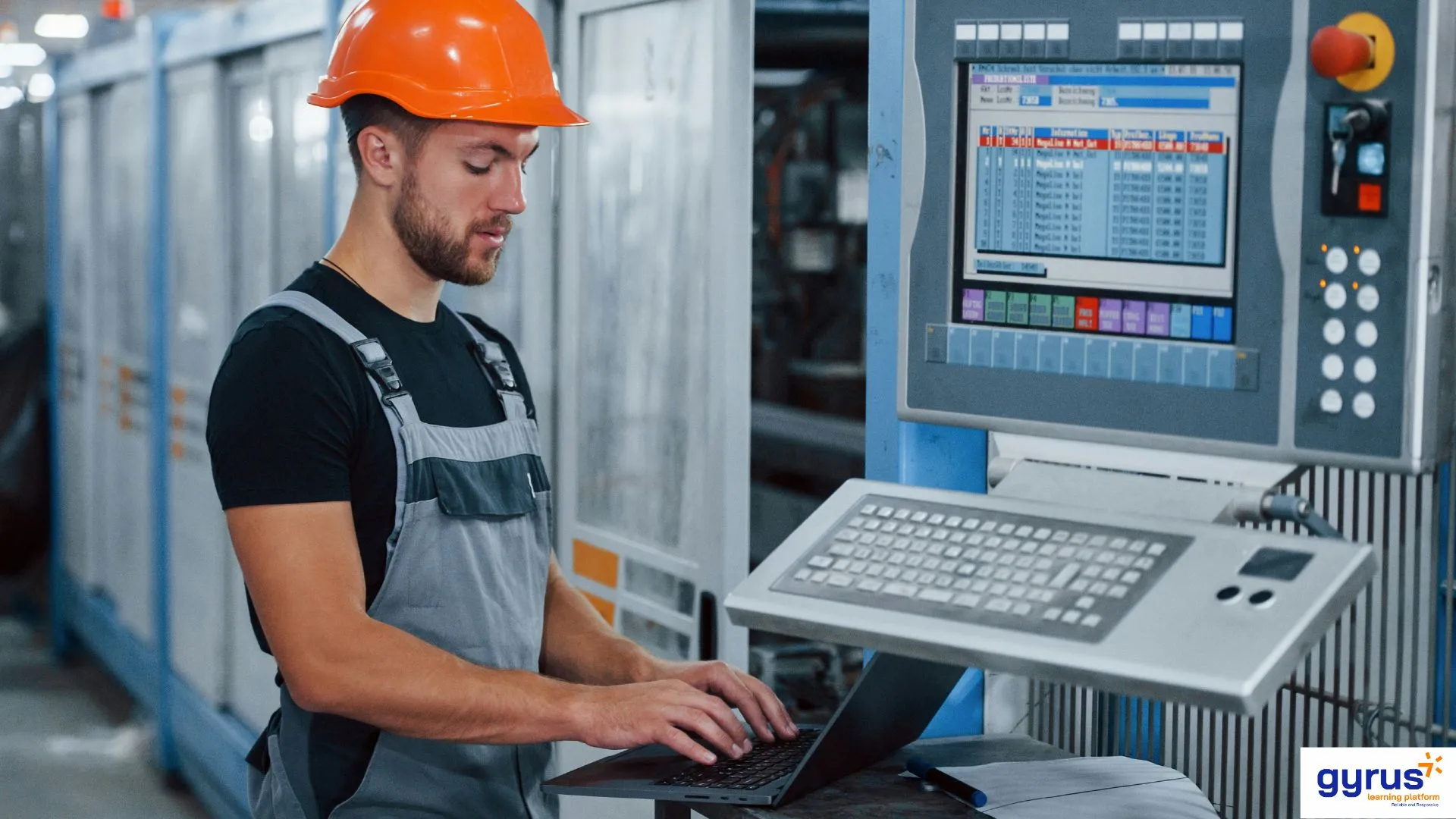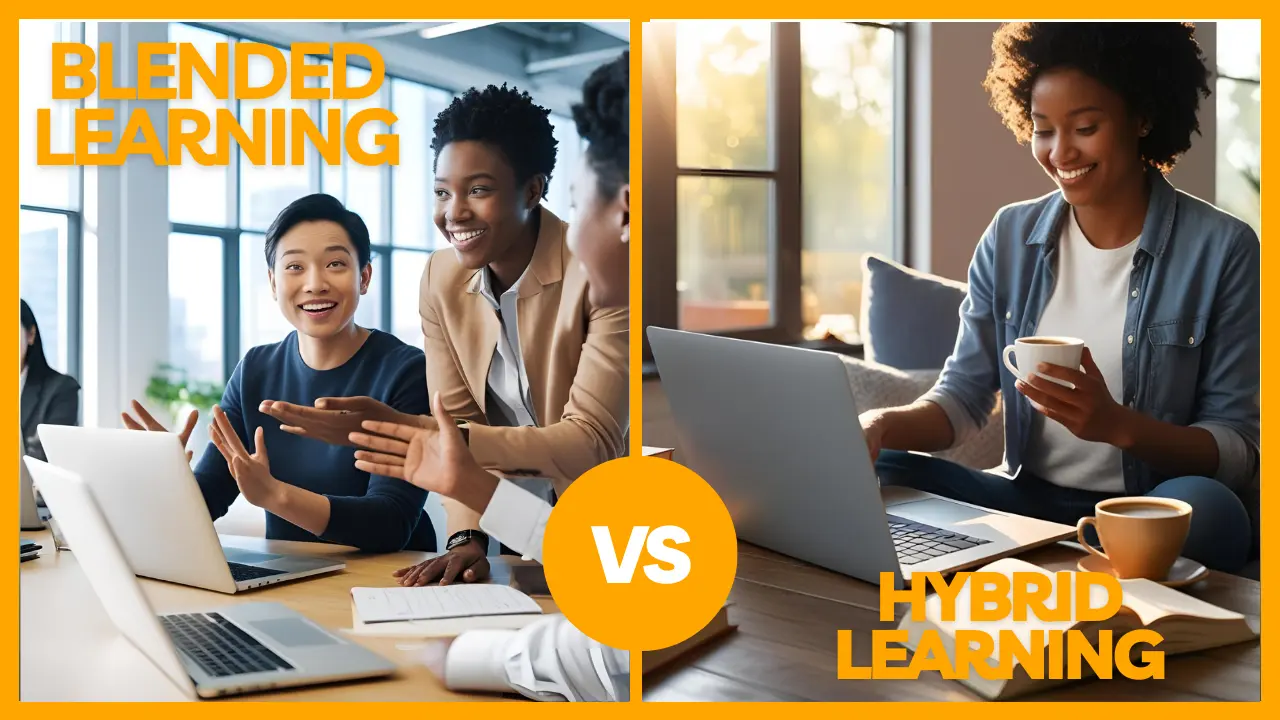The learning and development (L&D) landscape has transformed in recent years. Organizations today carry out a few classroom training sessions and more online and on-demand lectures. Hence, it’s crucial that your organization’s Learning Management System (LMS) supports this transition. If your existing LMS doesn’t have social capabilities and features, doesn’t leverage the latest technologies and resources, and requires time and resource investment, consider LMS migration.
How to Choose a New LMS?
While choosing a new LMS, look for the following:
- Design: The LMS must have a responsive design, i.e., it should be accessible on all devices, such as laptops, smartphones, and tablets.
- User interface: The user interface should be intuitive and easy to navigate.
- Features: Look for an LMS with in-built features such as assessment tracking that helps track the learner’s progress and improve the learning experience.
- Reports and analytics: Choose an LMS with reporting and analytics features to track if learners are meeting the learning objectives.
- Data security: Unlike legacy LMS, modern ones are more secure and prepared for advanced threats. Ensure that the LMS you choose follows all data security measures, such as encryption protocols and protected servers.
Organize A Pre-Migration Planning Session
Before LMS migration, a pre-migration planning session is essential to gather information from all stakeholders who understand the existing LMS well. These stakeholders could include subject matter experts, Learning and Development head from the HR team, instructional designers, LMS administrators, and the IT team.
The pre-migration planning session’s aim is to collect information from all stakeholders on what they want and use it to choose the proper LMS. It will involve identifying all the learning environment aspects the existing LMS covers and the ones it should cover in the future. Apart from that, the team must discuss ways to integrate the LMS with other systems and plan a strategy for documentation.
Identify Inventory Training Assets in Old LMS
To get the most out of the new LMS, you must migrate the existing eLearning courses and the supplemental materials, such as learning portals, social media sites, and all other training assets vital for training and development. So, identify all the training assets you manage within the existing LMS, build an inventory, assess them, and then plan LMS content migration.
LMS Migration 7-Point Checklist
We have created this 7-point checklist that you can refer to while creating the LMS transition plan.
- Communicate the Change
- Engage the Right Resources
- Choose the Migration Method
- Plan the Migration Process
- Conduct a Pilot Run
- Migrate Data
- Conduct Quality Checks
Main Challenges of LMS Data Migration
Despite the checklist, you might face the following challenges during LMS migration:
- Data loss:
- Incompatibility:
- Complexity:
LMS Data Migration Process
- Data cleansing: Categorize and delete obsolete, duplicate, and inaccurate data before migrating to a new LMS.
- LMS feature mapping: List the features you want in the new LMS, identify the must-have features in the existing LMS, and map them to the features in the new LMS.
- Set milestones: Set realistic deadlines, milestones for migration, and estimates for each task to complete them on time.
- Do test runs: Do a test run before switching to the new LMS. Check if it is responsive, tracks performance, and provides training reports.
- Change management: Educate the staff on operating the new LMS and explain the benefits to encourage rapid adoption.
Testing and Analytics After the LMS Data Migration Ends
To ensure that the LMS works smoothly even after the LMS content migration ends, conduct the following tests:
- Localization to ensure that the LMS has translated all the content in different languages correctly.
- Stress test to find out how the LMS functions during peak usage.
- Multi-device test to check if the LMS works seamlessly on all devices.
Our Expertise in LMS Migration
According to Brandon Hill Group’s research, 48% of organizations are exploring new solutions that deliver a better learning experience. At Gyrus, we understand the need for smart LMS to keep pace with the dynamic learning environment. Hence, we work with you at every step while switching to GyrusAim. We help organizations with:
- Project planning.
- GyrusAim Learning Cloud configuration.
- Course and curriculum structures.
- Data migration for learning content and learner data.
- Integration with existing tools and systems.
- Customization.
Conclusion
The future of LMS will be innovative and engaging for learners as new features like gamification and social learning get added. So, if your organization is still using a legacy LMS, it’s time to migrate to a new one that’s more intuitive and aligned with the latest learning trends.
Explore the new LMS options and choose the one that can align well with your organization’s learning goals. More importantly, plan and execute the migration strategy well to migrate all data and create a positive learner experience.









